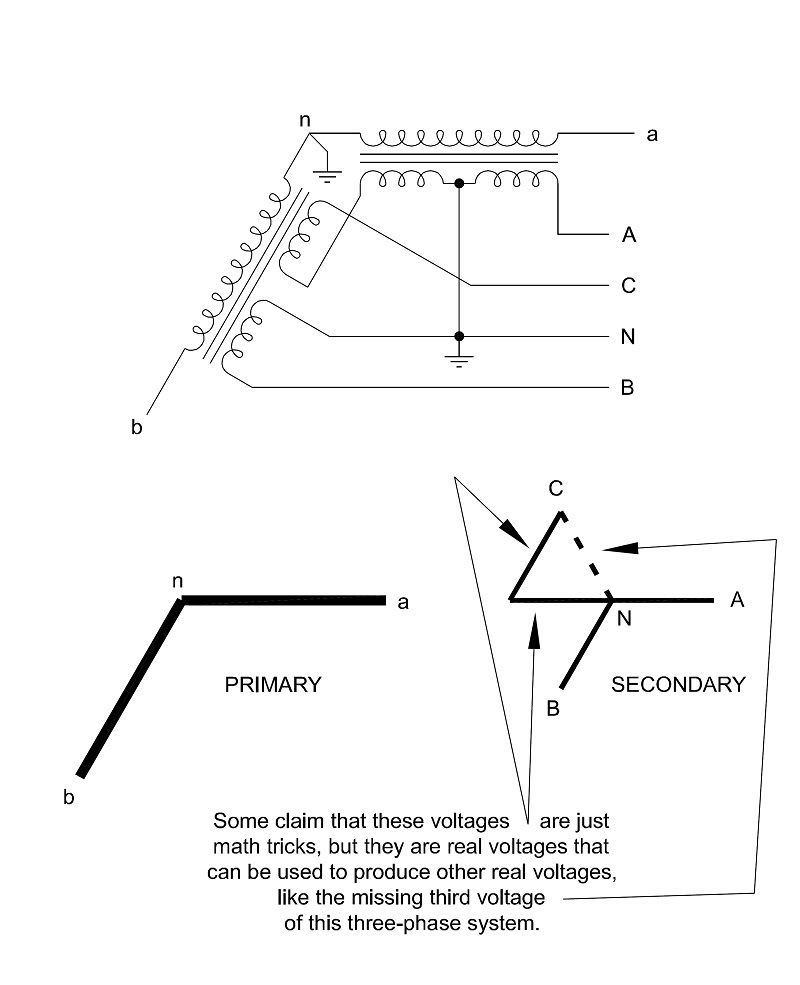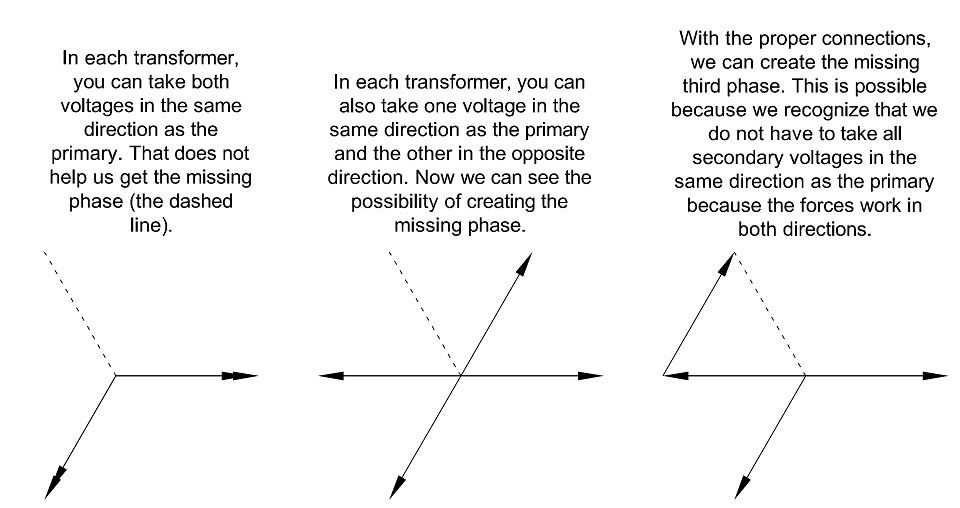mivey
Senior Member
Why the hostility? I'm trying to play along but how about let's keep it civil? Remember, I can't read your mind and what you write doesn't sound the same to everyone that reads it as it does when you read it.Mivey,
Someday I hope you will be able to keep the discussion to a simple single core transformer with a single secondary winding direction. Honestly I stop reading your postings as soon as you start talking about how to use two source voltages. Of course you are free to spin discussions off on tangents, just like I am free to stop participating in them
You talked about cutting a single winding into two pieces, not me. You asked if we could be in agreement on the points you made so far before we moved along and then asked if one of those representations was the same thing I was representing. If you did not want to know what I was trying to represent, then don't ask:
Doesn't this case represent what you have been saying about being able to connect two independent phase-opposed sources, like your generator example?
I'm still not sure where you are headed but I'll try to play along as I'm sure you have a point you are going to present soon.
So for the rest:
I agree that the voltages are not physically opposing each other. What I meant by the 180? statement is that the positive directions were opposite and that the positive peaks in those opposite directions happen at a 180? displacement.But it appears you agree, that the two 'halves' of an industry standard center-tapped transformer winding are not connected in an actual physical 180? opposed arrangement.
Honestly, after all this time, the number of posts, the diagrams presented, and waveforms presented, that should be clear by now. My counter point is the presentation of an opposing concept because I think what works for a single transformer should work for many transformers as the physics do not change based on the application. You can always choose to not read posts, but that does little to promote communication and leads to misunderstandings about what someone is trying to say.
But carry on. I'll try to wait till you get to your point.


